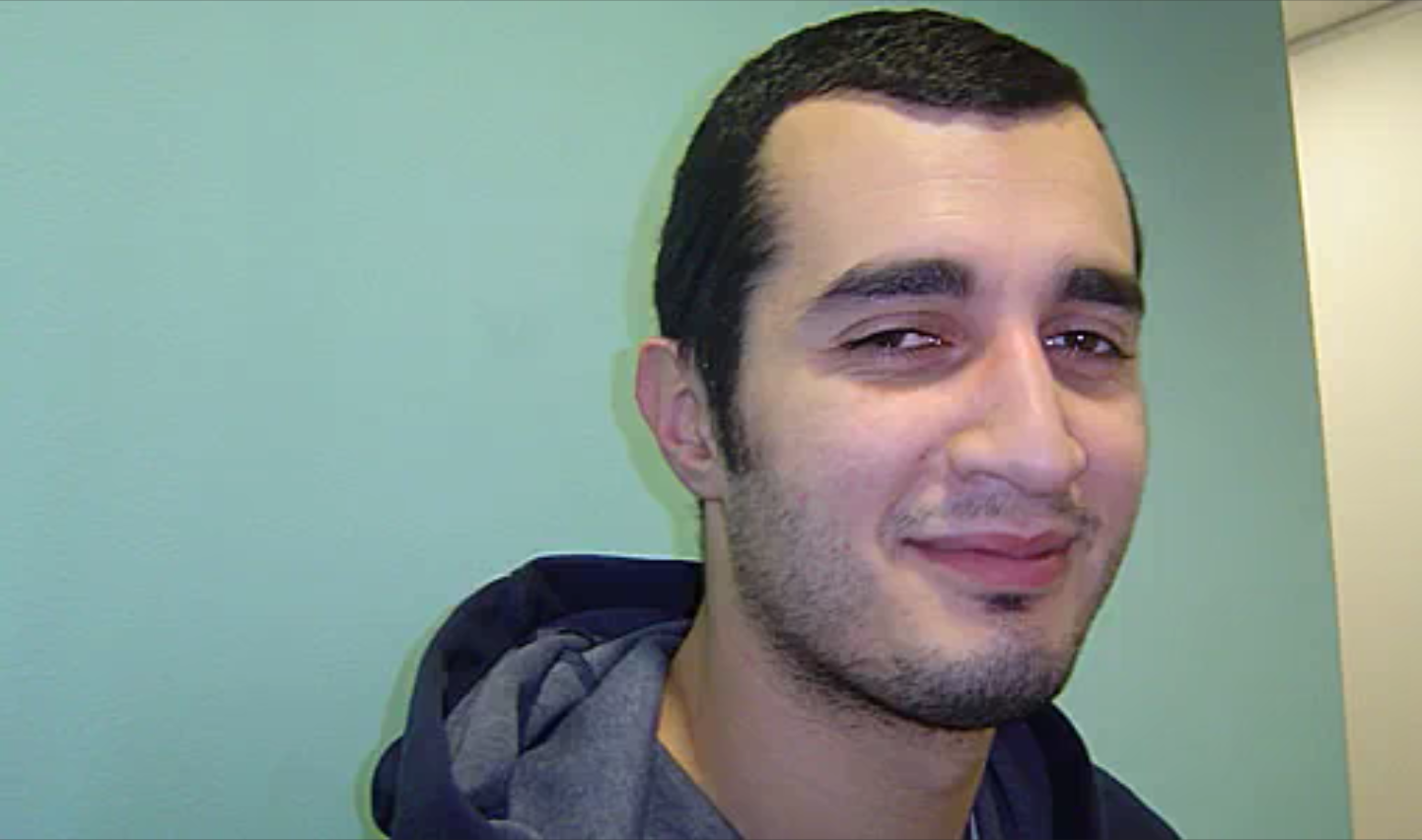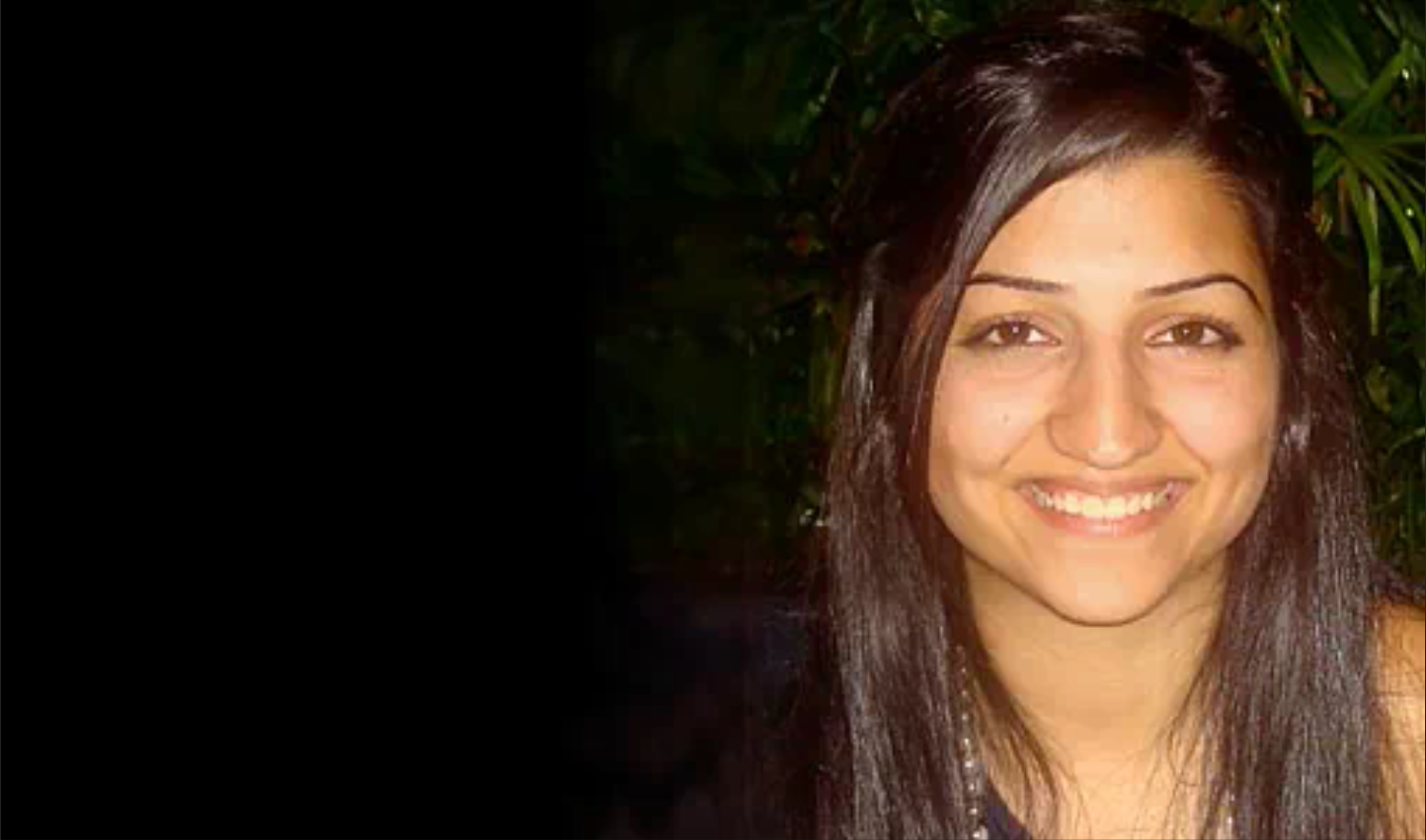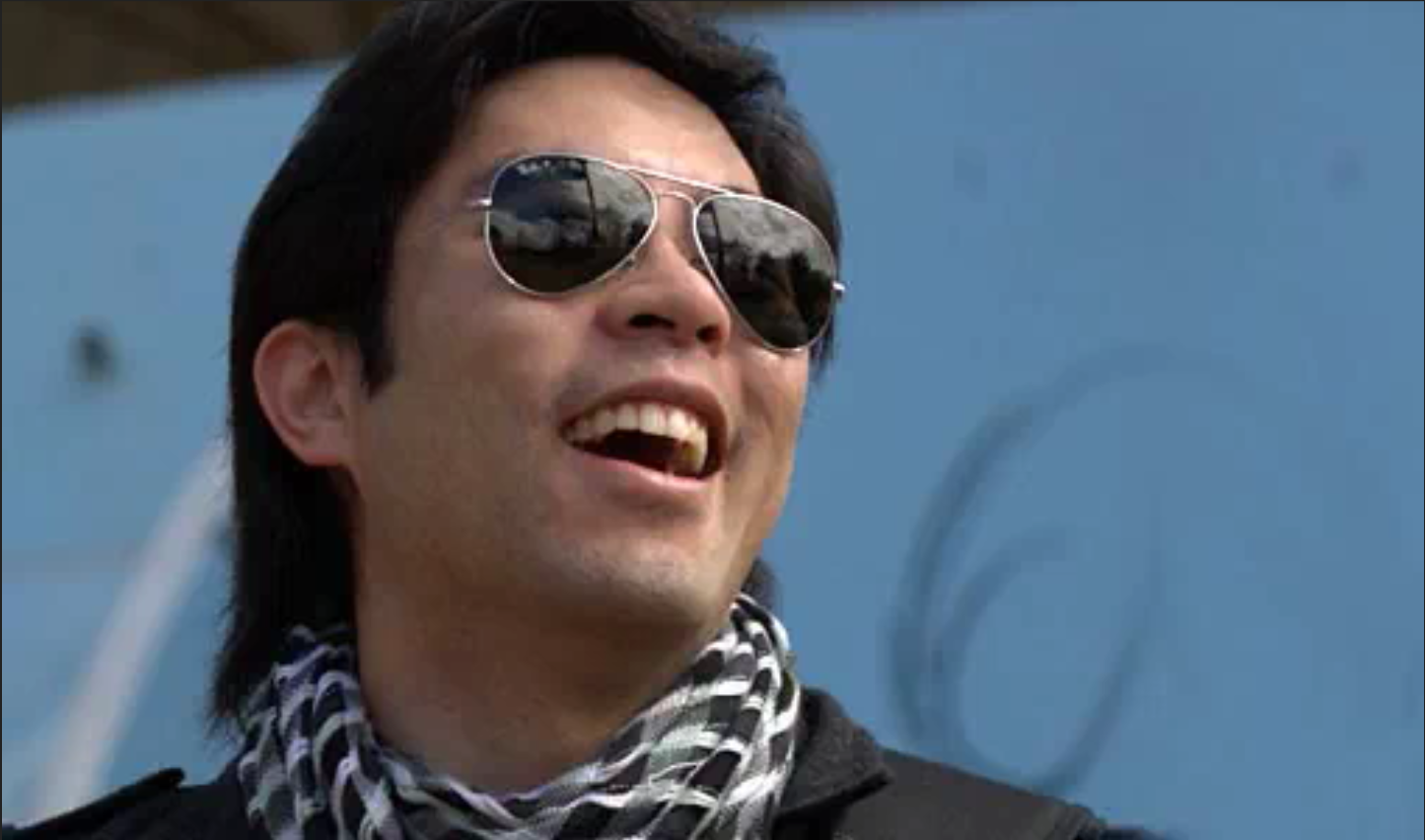Ethnocultural variation
Speaking Lebanese Australian English
born: Australia
grew up: Sydney
cultural heritage: Lebanese

Speaking Lebanese Australian English
born: Australia
grew up: Sydney
cultural heritage: Lebanese
Ethnocultural varieties of Australian English
Mainstream Australian English is the principal dialect of Australian-born citizens but is also used by the vast majority of migrants who arrive during childhood or early adolescence when local peer influence is maximal. The children of immigrant families typically adopt the majority speech patterns of the adopted country rather than those of their parents due to children's need to conform to their peer group. Over the past 20 years, there has been considerable sociopolitical change in Australia. Multiculturalism as a governmental policy has led to extensive immigration from Asia and the Middle East and has contributed to a vast increase in cultural diversity and the desire for individuals to freely express their cultural identity within the Australian context. This has resulted in an increase in the variety of dialects spoken by young people in Australia. Today there is a growing trend for Australian-born children of migrants from non-English speaking backgrounds to embrace their cultural heritage and express their niche identities by using new Australian Ethnocultural dialects.
Ethnocultural varieties of Australian English are minority dialects. They contain features of Mainstream Australian English combined with some non-English language features. Ethnocultural varieties are Australian English dialects and should not be considered foreign accented English. They may be spoken by Australian-born people who have English as their first language but many speakers of ethnocultural varieties also speak a language other than English. There are potentially many different varieties of Ethnocultural Australian English however few have been the subject of extensive research.
Read about our current research project on Ethnocultural varieties of Australian English in Sydney.
Speaking Lebanese Australian English
born: Australia
grew up: Sydney
cultural heritage: Lebanese

Speaking Lebanese Australian English
born: Australia
grew up: Sydney
cultural heritage: Lebanese
Lebanese Australian English
Lebanese Australian English is one such dialect. Listen to the audio illustrations below.
"Alan took a ham sandwich to school." (male voice)
"Alan took a ham sandwich to school." (female voice)
"The way we're gonna walk is you're just gonna go through the the wooden pole and the wild west film set. So you're gonna go through there but you're gonna go straight on top of the millionaire's castle." (male voice)
"You kept goin' across and then kept goin' down till you got to the old desert lighthouse." (female voice)
"Helen picked a good spot near the water and spent the morning surfing and relaxing in the sun." (male voice)
Vietnamese Australian English
The following audio files are from an Australian-born male speaker with Vietnamese heritage.
"Pete sat in the little boat with his bait and his fishing boots on the floor beside him, waiting for the trout to bite." (male voice)
"Sharon watched the helicopter as it lifted off the deck, hovered for a couple of minutes and then landed once more." (male voice)
Mainstream Australian English
The Mainstream Australian English dialect is still used by the vast majority of migrants who arrive during childhood or early adolescence. The voice portrait below illustrates a person with Malaysian cultural heritage using Mainstream Australian English. Many speakers of Mainstream Australian English are also not only bi- or multilingual but also bi-dialectal.
Speaking standard Australian English
born: Australia
grew up: Sydney
cultural heritage: Malaysian

Speaking standard Australian English
born: Australia
grew up: Sydney
cultural heritage: Malaysian
References:
Clyne, M., Eisikovits, E., & Tollfree, L. (2001). Ethnic varieties of Australian English. In D. B. Blair and P. Collins (Eds.), Varieties of English around the World: English in Australia (pp. 221-238). Amsterdam: John Benjamins.
Kiesling, S. F. (2001). Australian English and recent migrant groups. In D. B. Blair and P. Collins (Eds.), Varieties of English around the World: English in Australia (pp. 239-258). Amsterdam: John Benjamins.
Leitner, G. (2004). Australia’s many voices: Ethnic Englishes, indigenous and migrant languages: Policy and education. Berlin: Mouton de Gruyter.
Rieschild, V. R. (2007). Influences of language proficiency, bilingual socialization, and urban youth identities on producing different Arabic-English voices in Australia. Novitas-ROYAL, 1, 34–52.
Warren, J. (2001). 'Wogspeak': Transformations of Australian English. In B. Levy & F. Murphy (Eds.), Stories/telling: The Woodford Forum (pp. 118-133). Brisbane: University of Queensland Press.
